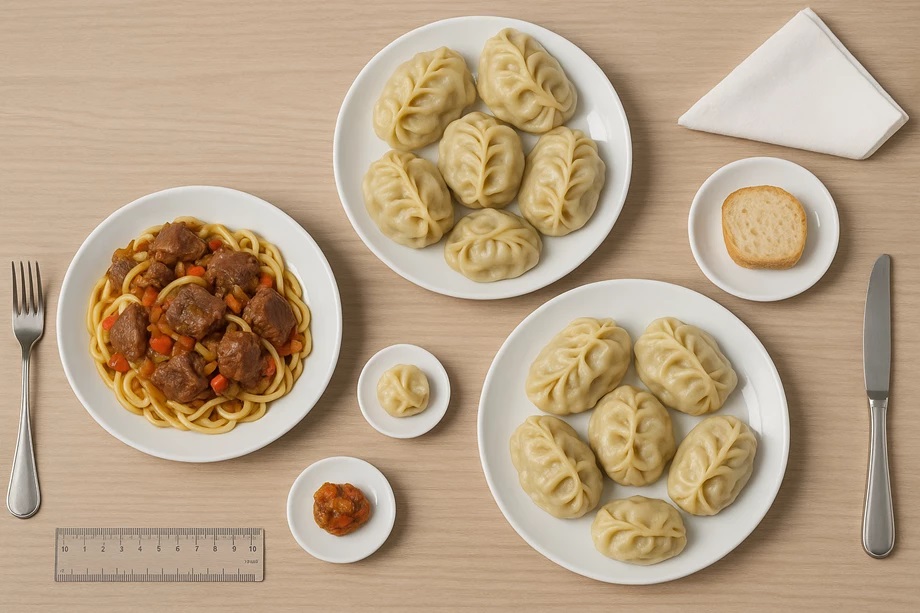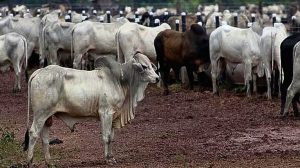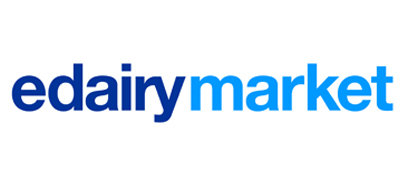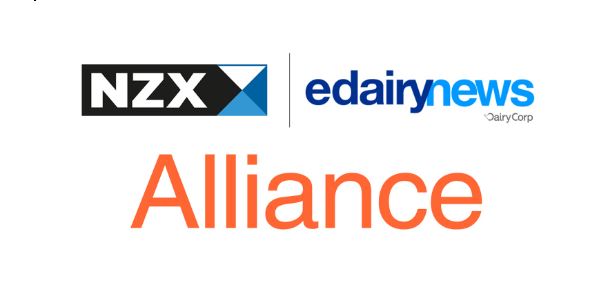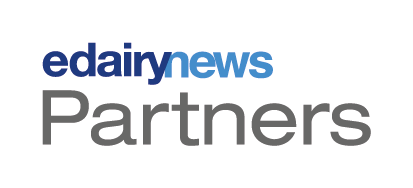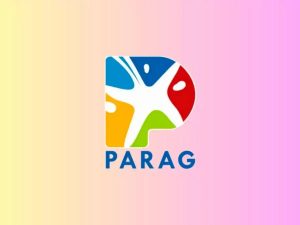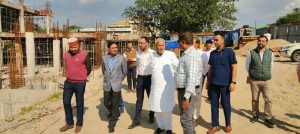
New standardized photographic resource maps regional culinary staples, including dairy, to combat noncommunicable diseases.
A significant advancement in global dietary research has emerged from Nazarbayev University in Kazakhstan: the development of the first digital food atlas specifically dedicated to Central Asia. This essential tool addresses a critical gap in nutritional assessment, which previously lacked culturally specific visual databases for the region. The absence of such standardized resources has severely hampered local efforts to accurately measure nutrient intake and formulate effective public health interventions against chronic conditions like heart disease, diabetes, and obesity.
The atlas is a direct response to Central Asia’s distinctive dietary profile, which features a heavy reliance on staples often misrepresented or missing in international tools, including red meat, bread, and dairy. The research, published in Nutrients, introduces a standardized photographic protocol documenting 115 food and beverage items, including traditional meals like beshbarmak and plov, alongside common dairy products. The goal is to provide a consistent visual reference for researchers and dietitians working in this highly unique agribusiness region.
A key technical innovation is the meticulous process of standardization. Each of the selected food items was photographed in small, medium, and large portions using a fixed setup, including a 60-degree camera angle and consistent reference objects. This rigorous approach ensures reliable comparison and objective portion estimation, eliminating subjective discrepancies that typically plague nutritional studies in multicultural contexts. The data is further annotated with precise weight measurements, energy values, and bilingual food names for cross-cultural utility.
For the international dairy community, this atlas holds practical significance, particularly concerning public health policy and market analysis. As Central Asia experiences rising rates of diet-related diseases linked to high intake of saturated fats, the tool allows for more precise tracking of dietary risk factors and nutrient deficiencies. This data strengthens the evidence base for national nutrition strategies and aids in creating culturally relevant references for clinicians and educators focused on portion control and balanced diets.
Looking ahead, the digital atlas is built for modern technological integration. Its compatibility with web and mobile formats allows for real-time updates and facilitates future use in mobile health platforms and AI-assisted dietary tracking systems. The researchers envision linking the standardized images to machine learning algorithms, enabling automatic food recognition from user-submitted photographs, which will be vital for scaling up regional collaborations on diet and disease prevention across Central Asia.
Source: Insights based on reporting from Devdiscourse.
You can now read the most important #news on #eDairyNews #Whatsapp channels!!!
🇮🇳 eDairy News ÍNDIA: https://whatsapp.com/channel/0029VaPidCcGpLHImBQk6x1F
